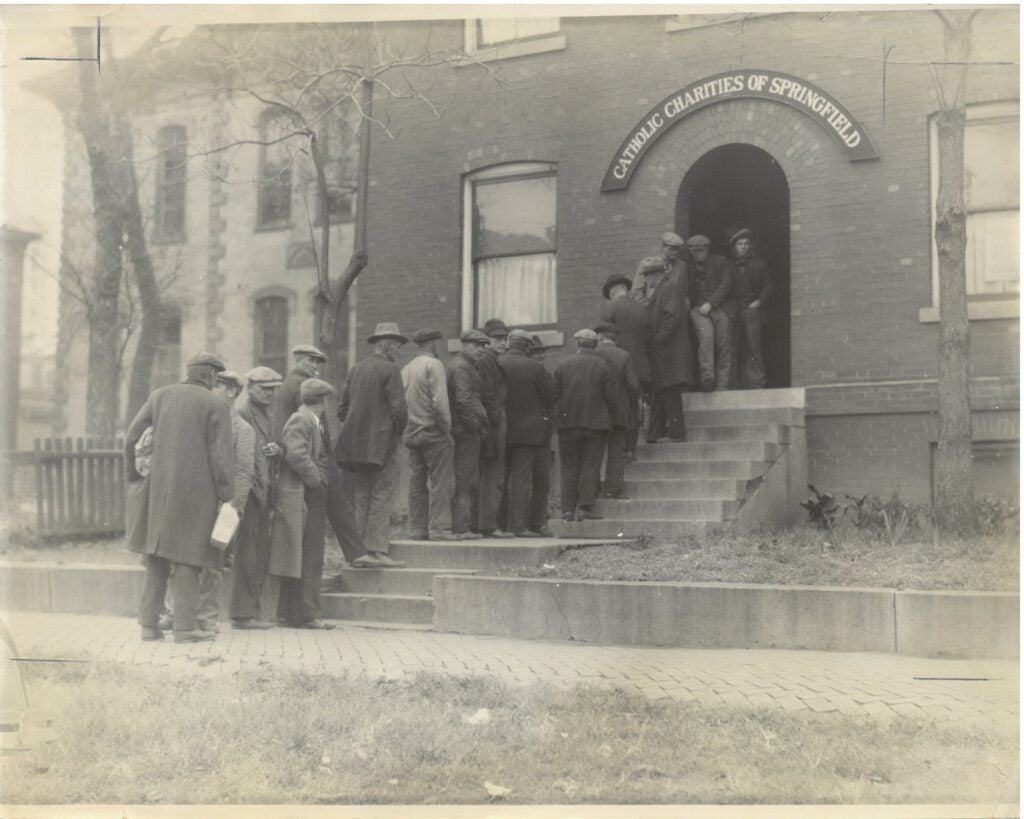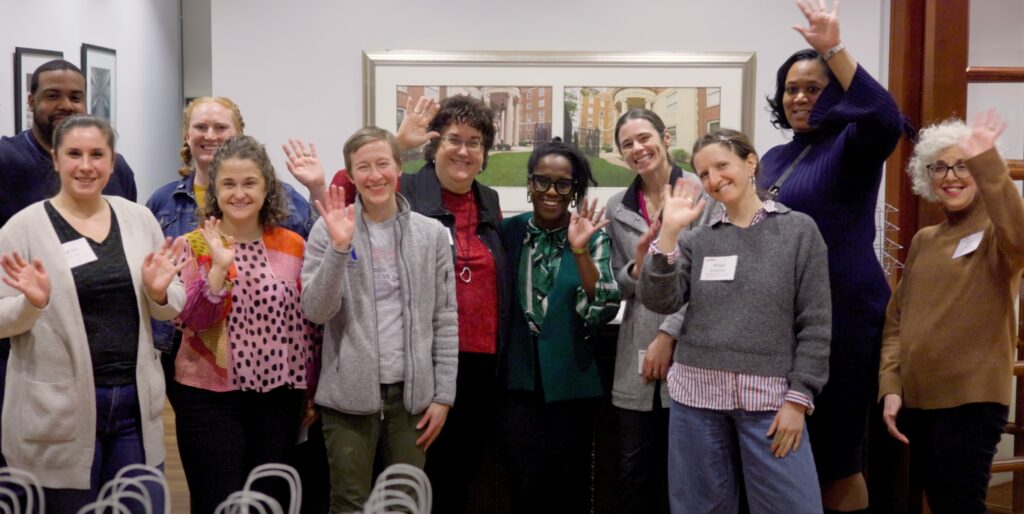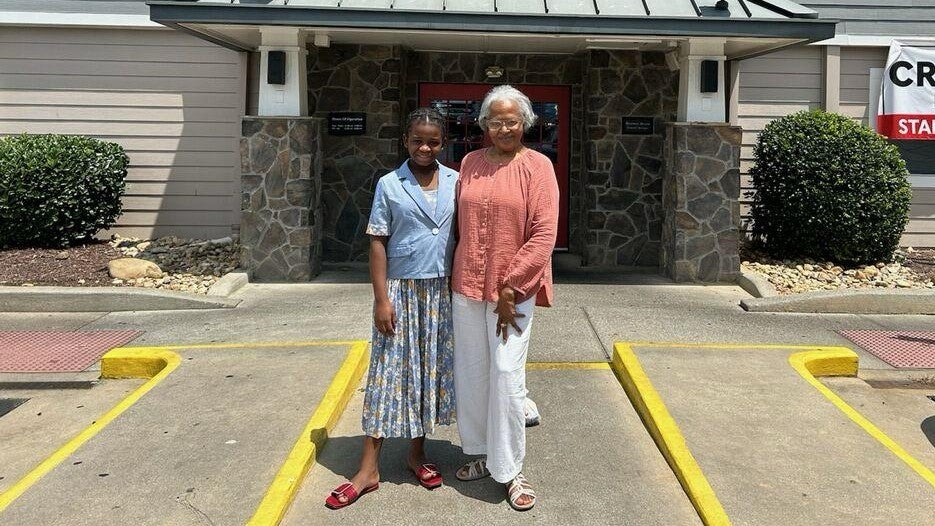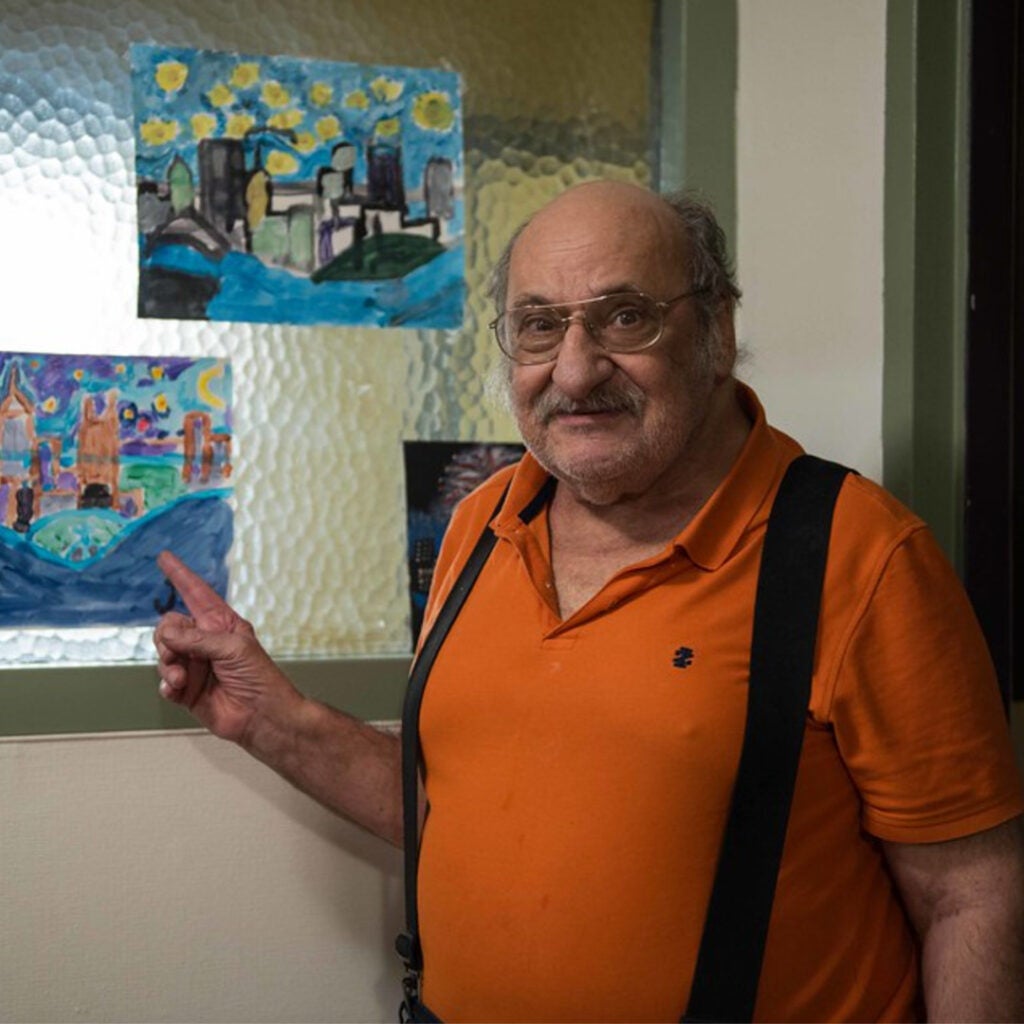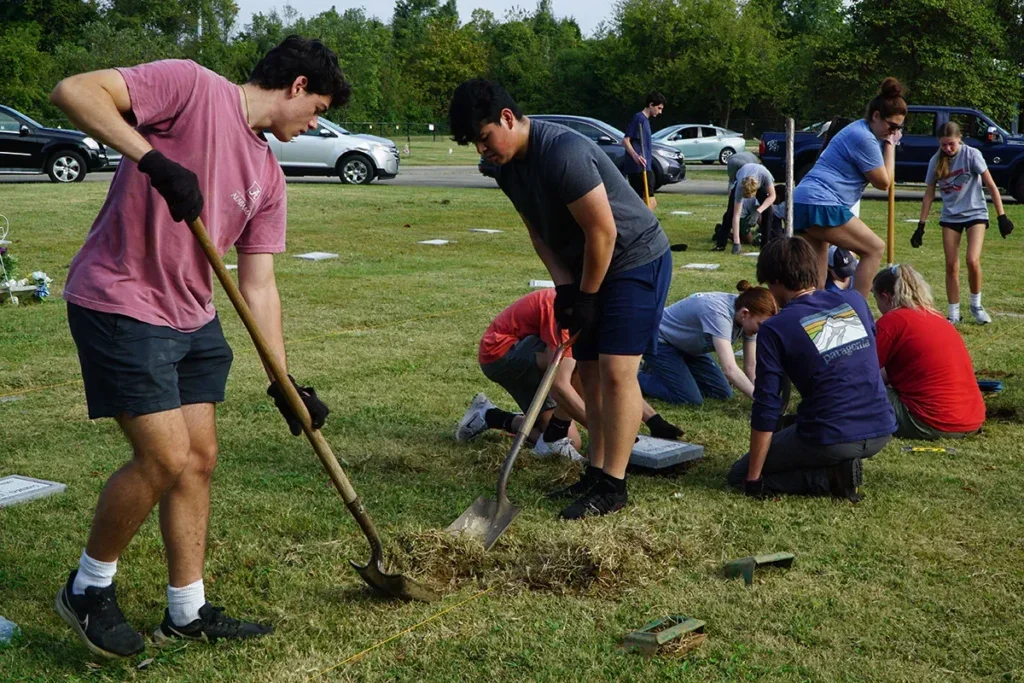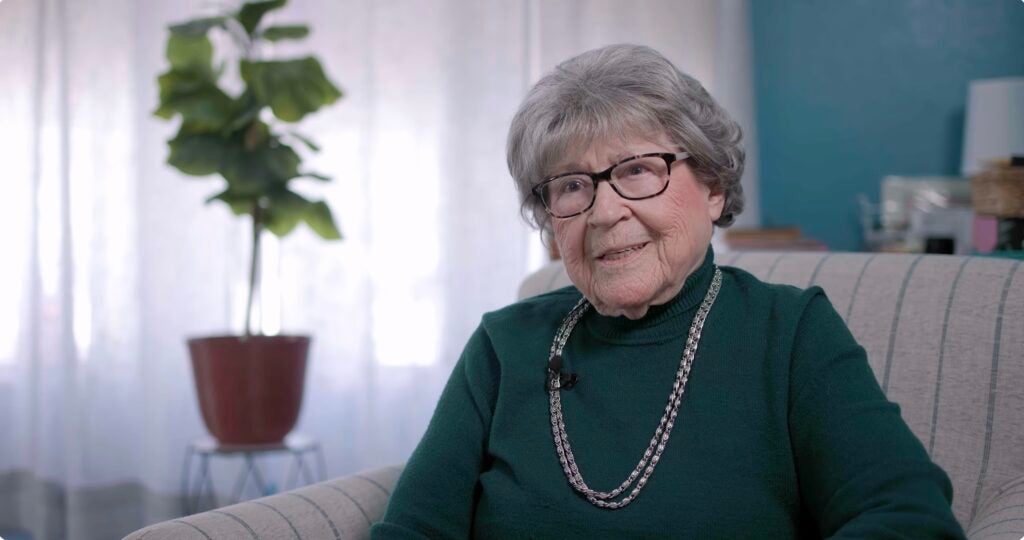
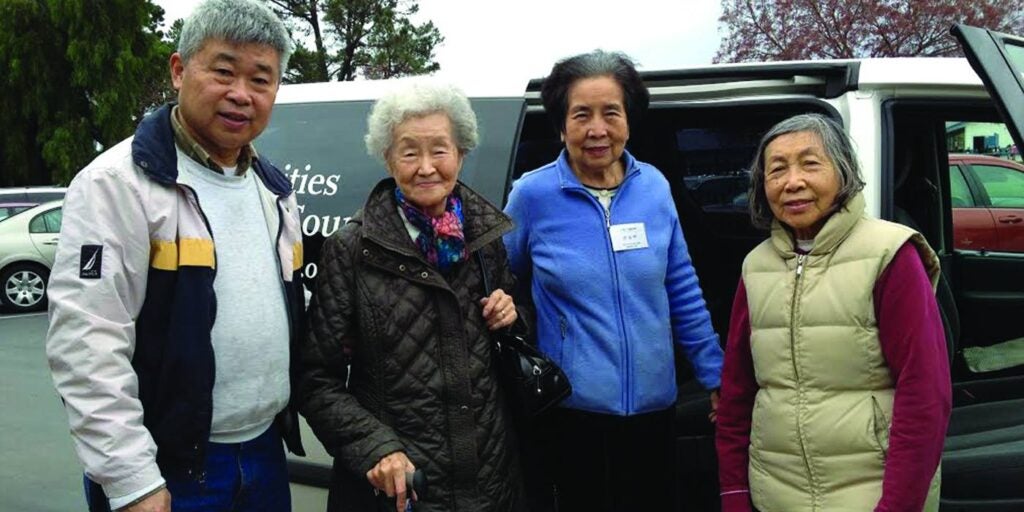
Carol started caring for her mother-in-law, Marie, who was nearly 90 years old and showing signs of dementia. Still, despite her short-term memory loss, Marie remained intelligent and eager for social engagement.
“It was hard for me to keep her busy every day,” says Carol. Seeing a flyer for Day Break Cares adult day center, which mentioned activities for people with mild dementia, Carol decided to test if her mother-in-law would enjoy the change. Marie began attending twice a week, but liked it so well that she increased her visits to four. Carol benefited too; knowing that Marie was safe allowed her to take care of things like cleaning, shopping, and having a little time to herself.
Since then, Carol and her husband had to make the difficult decision to move Marie to a care facility. No catastrophic event preceded the transition; just the realization that managing Marie’s hygiene was too physically and emotionally demanding, despite their efforts. Marie refused help with bathing and toileting – a common behavior for people with dementia – and both Carol and her husband feared Marie would get seriously ill.
Members of the so-called ‘sandwich generation’ struggle to work while simultaneously caring for children and aging parents. Read the full story via [@ccharitiesusa] She had learned by attending some of Day Break’s caregiver support group meetings that an alarming number of caregivers become sick while caring for others.
Carol also recognized that her own health was being affected because of all the stress and worry. She had learned by attending some of Day Break’s caregiver support group meetings that an alarming number of caregivers become sick while caring for others. Carol began to look for a facility that would give what Marie, and the whole family, needed.
“I don’t think I’ll ever be happy with the decision,” Carol says. “It’s a lot of guilt. I was envisioning trying to keep her at home, but we just couldn’t do it anymore.” Marie now receives the physical care she needs from the facility’s specially trained staff. “She is nice and clean. She looks good, has more energy,” says Carol, who visits Marie several times a week to play cards.
When Marie’s health needs increased, so did the family’s expenses. Day care absorbed most of Marie’s social security income, Carol says, but it was manageable. Paying for memory care in a long-term facility is something else altogether. With monthly costs averaging many thousands of dollars, Carol has reentered the workforce to help pay for Marie’s care. A former teacher, she now substitutes a few days a week at nearby elementary schools.
This family’s story is not rare. Members of the so-called “sandwich generation” struggle to work while simultaneously caring for children and aging parents. Like many seniors, Marie did not have long-term care insurance, and MediCal does not pay for memory care. “I hope our country will eventually do something for adults who need memory care,” Carol says. In the meantime, she does the best she can.

